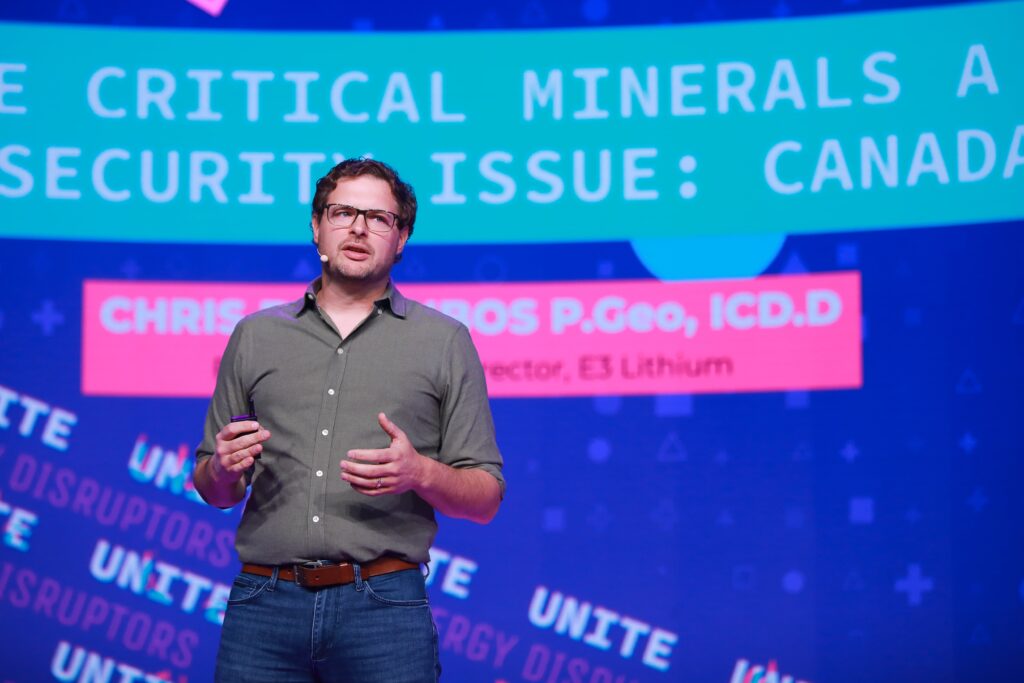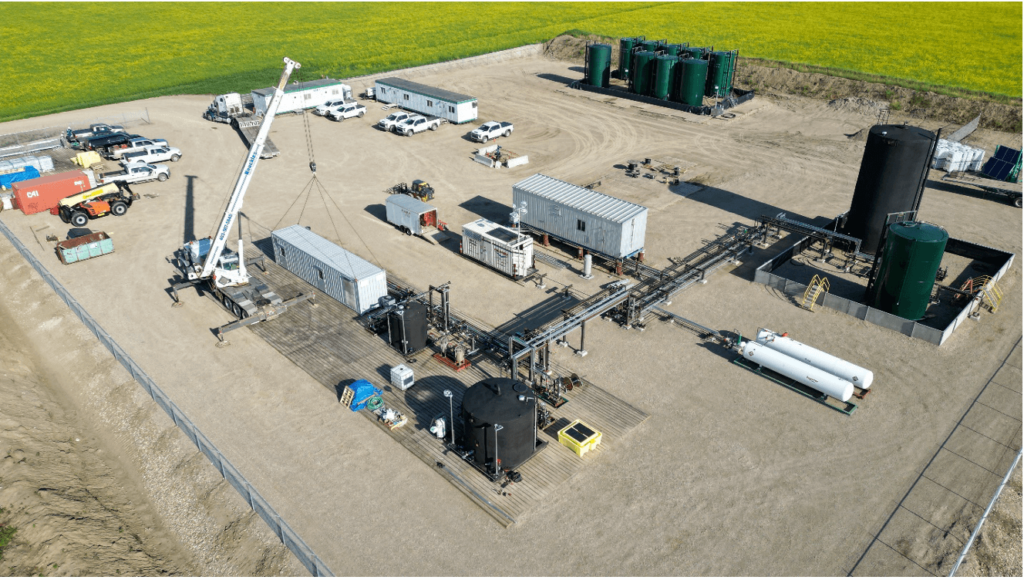The future of Canada’s clean energy industry is on stage this week in Calgary at Energy Disruptors: UNITE 2024. Among the leaders sharing their knowledge at the conference is Chris Doornbos, the President and CEO of Calgary’s own E3 Lithium. E3 Lithium is a trailblazing lithium development company unlocking Canadian lithium brines for the global electric vehicle […]
E3 Lithium
Energy Disruptors: UNITE 2024 to Showcase $1 Billion in Canadian Cleantech Innovation
The future of Canadian industry will be on stage in Calgary this October, when CEOs from seven of the most funded Canadian cleantech companies ever appear at Energy Disruptors: UNITE 2024. Keynote presentations will come from the following leaders: John Redfern – President and CEO of Eavor Greg Twinney – CEO of General Fusion Amanda Hall – […]
E3 Lithium Advances Battery-Grade Lithium Carbonate Production
Calgary-based E3 Lithium, a leader in Canadian lithium production, has successfully commissioned its demonstration-scale carbonate conversion reactors, marking a significant milestone in its efforts to establish a reliable lithium production facility in Alberta. The reactors enable the company to produce battery-grade lithium carbonate using equipment that mirrors commercial systems, though on a smaller scale. The […]
Calgary’s E3 Lithium and Pure Lithium Partner to Develop Advanced Lithium Metal Battery Plant in Alberta
Calgary-based E3 Lithium is joining forces with Pure Lithium, a Boston-based company known for its innovative lithium metal battery technology, to develop a pilot plant for lithium metal anode and battery production in Alberta. Pure Lithium, which operates on a vertically integrated model, has developed a groundbreaking Brine to Battery technology. This joint effort will […]






